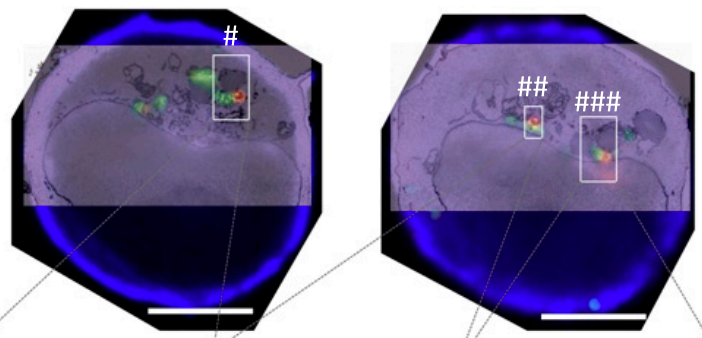AG — Prof. Heiko Rieger — Statistical Physics
Interorganelle Tethering to Endocytic Organelles Determines Directional Cytokine Transport in CD4+ T Cells
Yan Zhou, Renping Zhao, Eva C. Schwarz, Rahmad Akbar, Mayis Kaba, Varsha Pattu, Volkhard Helms, Heiko Rieger, Paula Nunes-Hasler, Bin Qu

Delivery of vesicles to their desired destinations plays a central role in maintaining proper cell functionality. In certain scenarios, depending on loaded cargos, the vesicles have spatially distinct destinations. For example, in T cells, some cytokines (e.g., IL-2) are polarized to the T cell–target cell interface, whereas the other cytokines are delivered multidirectionally (e.g., TNF-a). In this study, we show that in primary human CD4+ T cells, both TNF-α+ and IL-2+ vesicles can tether with endocytic organelles (lysosomes/late endosomes) by forming membrane contact sites. Tethered cytokine-containing vesicle (CytV)–endocytic organelle pairs are released sequentially. Only endocytic organelle-tethered CytVs are preferentially transported to their desired destination. Mathematical models suggest that endocytic organelle tethering could regulate the direction of cytokine transport by selectively attaching different microtubule motor proteins (such as kinesin and dynein) to the corresponding CytVs. These findings establish the previously unknown interorganelle tethering to endocytic organelles as a universal solution for directional cytokine transport in CD4+ T cells. Modulating tethering to endocytic organelles can, therefore, coordinately control directionally distinct cytokine transport.
| Interorganelle Tethering to Endocytic Organelles Determines Directional Cytokine Transport in CD4+ T Cells |
|
| J. Immunol ji2000195 (2020) | [pdf], [J. Immunol] |
Legal notice (Impressum) Privacy policy



